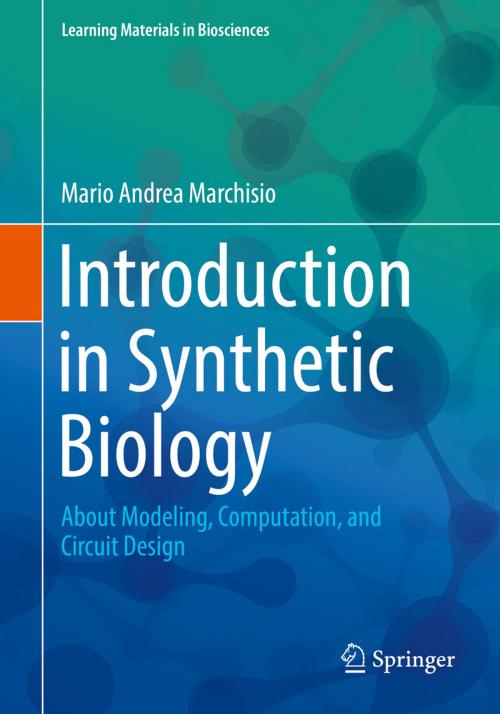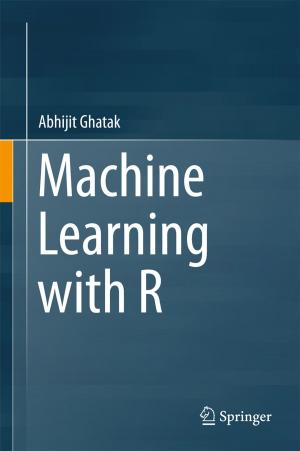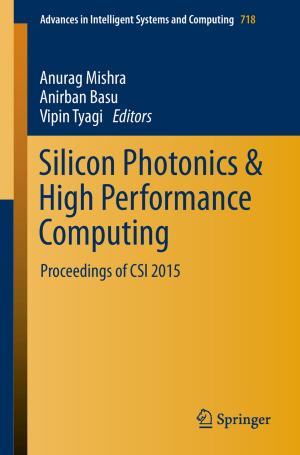Introduction to Synthetic Biology
About Modeling, Computation, and Circuit Design
Nonfiction, Health & Well Being, Medical, Allied Health Services, Medical Technology, Science & Nature, Science, Biological Sciences| Author: | Mario Andrea Marchisio | ISBN: | 9789811087523 |
| Publisher: | Springer Singapore | Publication: | May 14, 2018 |
| Imprint: | Springer | Language: | English |
| Author: | Mario Andrea Marchisio |
| ISBN: | 9789811087523 |
| Publisher: | Springer Singapore |
| Publication: | May 14, 2018 |
| Imprint: | Springer |
| Language: | English |
The textbook is based on the lectures of the course “Synthetic Biology” for Master’s students in biology and biotechnology at the Harbin Institute of Technology. The goal of the textbook is to explain how to make mathematical models of synthetic gene circuits that will, later on, drive the circuit implementation in the lab. Concepts such as kinetics, circuit dynamics and equilibria, stochastic and deterministic simulations, parameter analysis and optimization are presented. At the end of the textbook, a chapter contains a description of structural motifs (e.g. positive and negative feedback loops, Boolean gates) that carry out specific functions and can be combined into larger networks. Moreover, several chapters show how to build up (an analyse, where possible) models for synthetic gene circuits with four different open-source software i.e. COPASI, XPPAUT, BioNetGeN, and Parts & Pools-ProMoT.
The textbook is based on the lectures of the course “Synthetic Biology” for Master’s students in biology and biotechnology at the Harbin Institute of Technology. The goal of the textbook is to explain how to make mathematical models of synthetic gene circuits that will, later on, drive the circuit implementation in the lab. Concepts such as kinetics, circuit dynamics and equilibria, stochastic and deterministic simulations, parameter analysis and optimization are presented. At the end of the textbook, a chapter contains a description of structural motifs (e.g. positive and negative feedback loops, Boolean gates) that carry out specific functions and can be combined into larger networks. Moreover, several chapters show how to build up (an analyse, where possible) models for synthetic gene circuits with four different open-source software i.e. COPASI, XPPAUT, BioNetGeN, and Parts & Pools-ProMoT.















